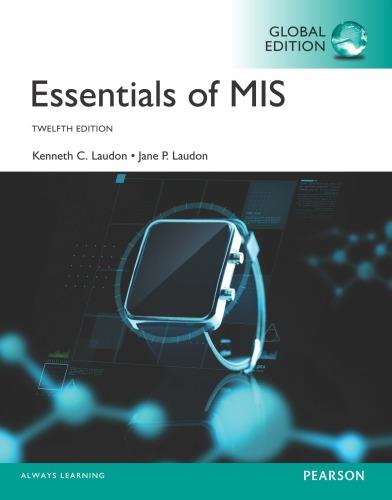Question
1.You learned in the Fiscal Policy module that the marginal propensity to save is linked to the fiscal multiplier. See the slides and the FED
1.You learned in the Fiscal Policy module that the marginal propensity to save is linked to the fiscal multiplier. See the slides and the FED reading: https://www.frbsf.org/economic-research/publications/economic-letter/2020/may/covid-19-fiscal-multiplier-lessons-from-great-recession/(Links to an external site.)
Please answer the following questions:
(i) When the savings rate is 1/3, what is the fiscal multiplier (you can ignore taxes)? What is the multiplier when the savings rate is 1/5? Explain what this means for an increase in government spending (G).
(ii) In general, how does an increase in savings affect the effectiveness of fiscal policy and the recovery?
(iii) What are the opportunities and threats?
Hint: The FRBSF article above may be helpful for parts (ii) and (iii).
2. The nominal federal budget deficit in the U.S. is about $3 trillion and outstanding debt is about $29 trillion.
What is the real deficit if the inflation rate is:
(i) 2%?
(ii) 2.5%?
(iii) 3%?
Hint: Real deficit = nominal deficit - (amount of debt x inflation). See the ppt FP slides in Module 7.
(iv) What is your group's view of an increase in inflation?
3. A competitive firm charges: P = MR = $50. Below are the output levels and associated Total Cost (TC) and Marginal Cost (MC).
Output | TC | MC |
0 | 60 | 0 |
1 | 80 | 20 |
2 | 90 | 10 |
3 | 120 | 30 |
4 | 160 | 40 |
5 | 220 | 60 |
Find the output level that maximizes profits.
Step by Step Solution
There are 3 Steps involved in it
Step: 1

Get Instant Access to Expert-Tailored Solutions
See step-by-step solutions with expert insights and AI powered tools for academic success
Step: 2

Step: 3

Ace Your Homework with AI
Get the answers you need in no time with our AI-driven, step-by-step assistance
Get Started


